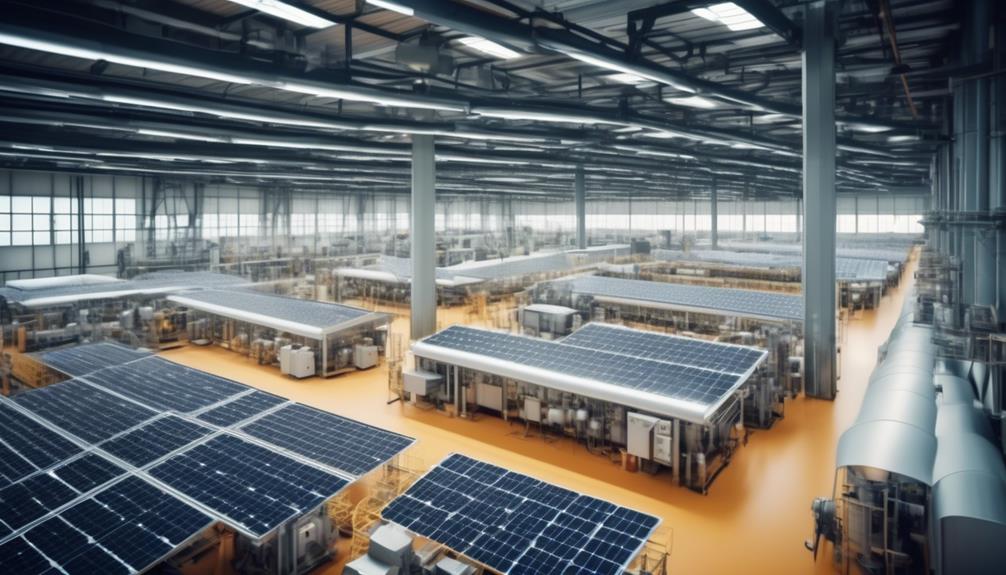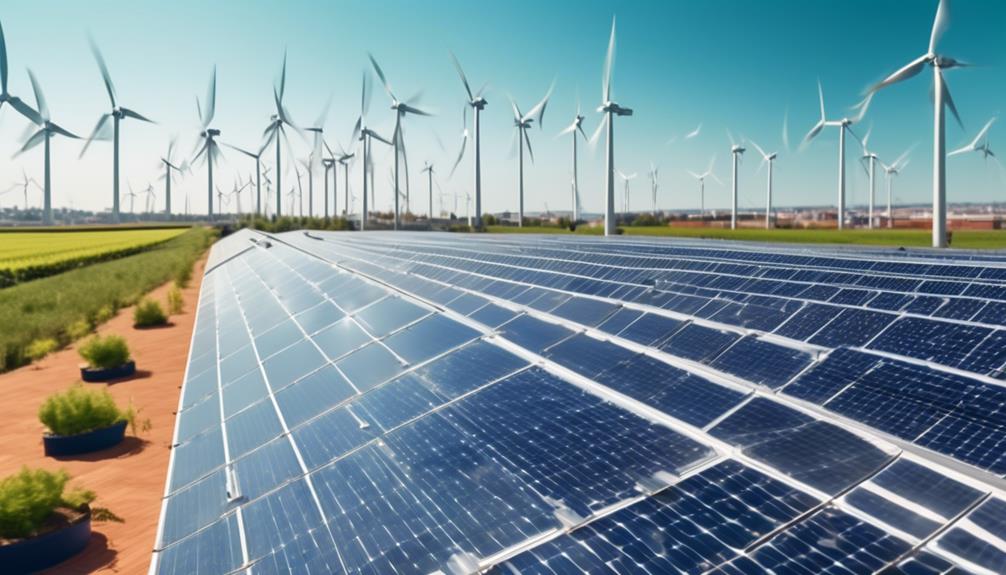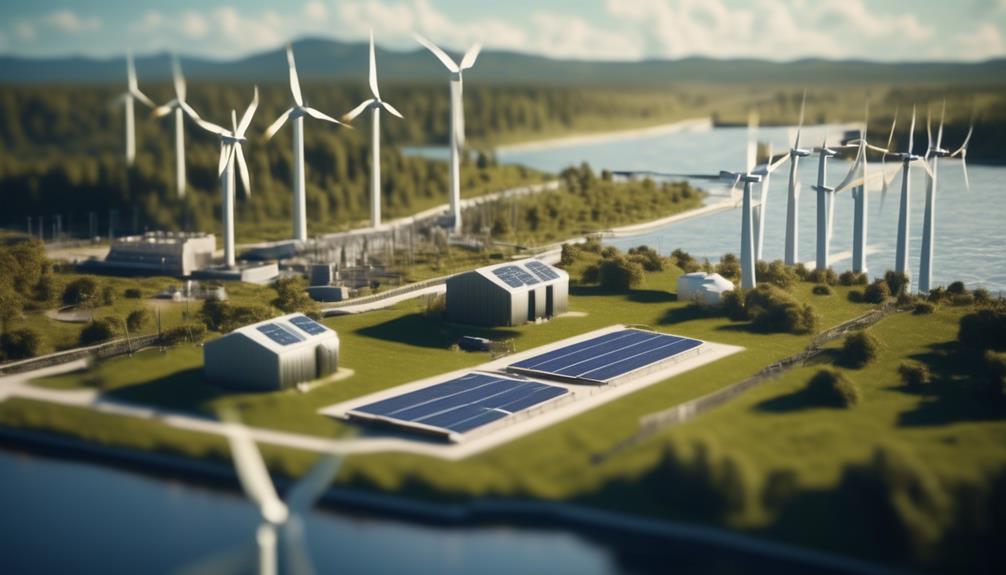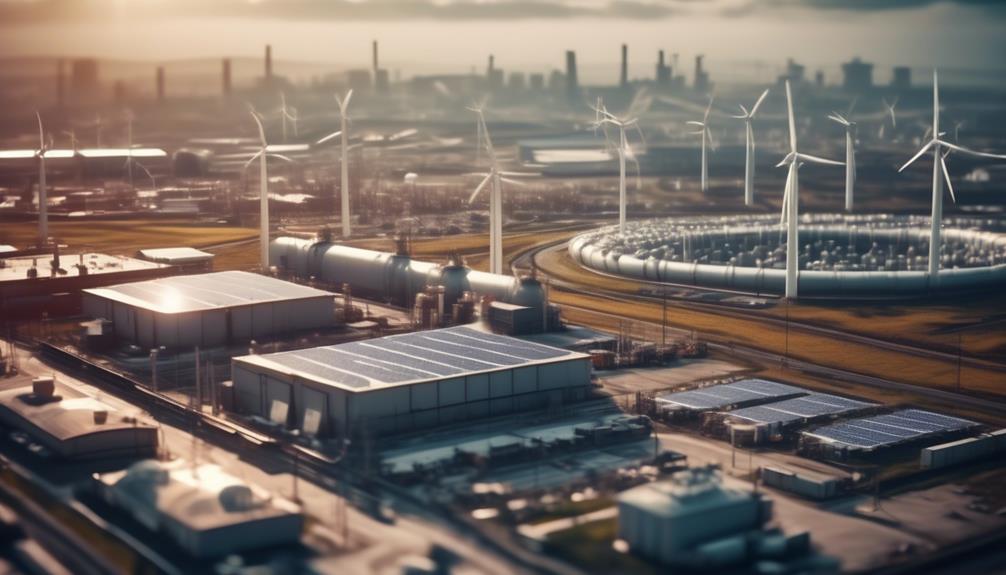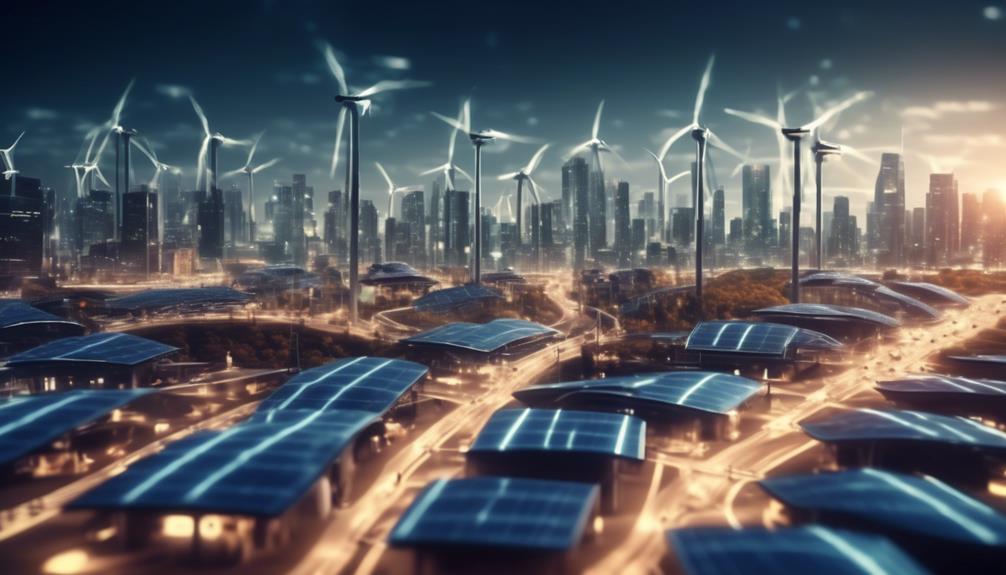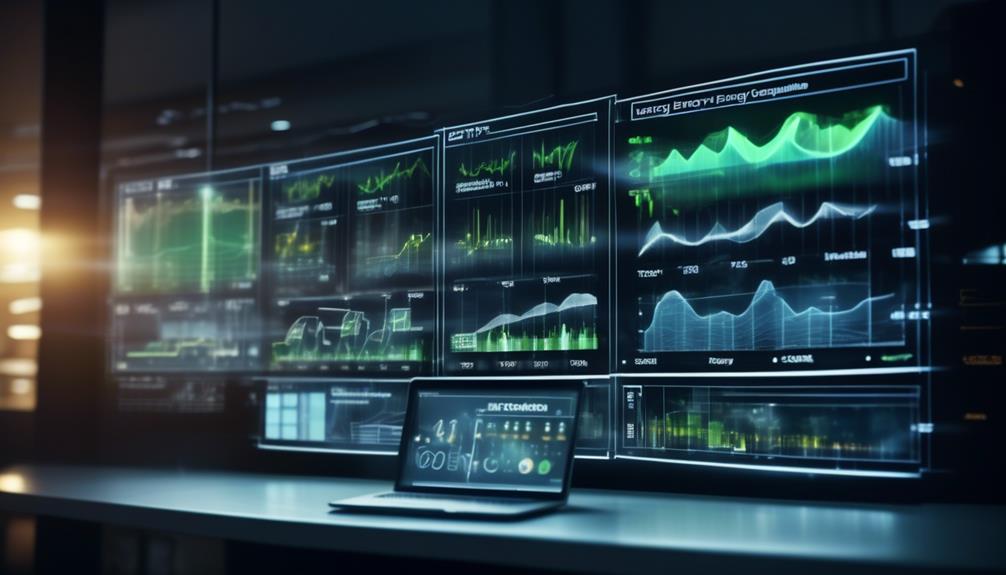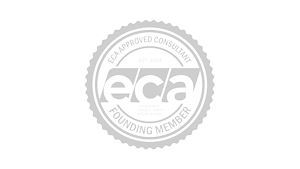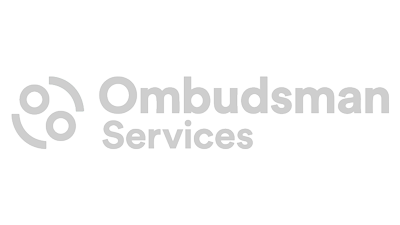In today’s rapidly evolving business landscape, the quest to minimise energy costs while championing sustainability efforts has led many to seek out integrated energy management solutions. These comprehensive approaches are not just about cutting expenses—they’re about fostering a more sustainable and efficient operation that aligns with future-forward business practices.
Navigating the complexities of energy procurement, demand response, and conservation measures, however, can often feel like an insurmountable challenge, especially when trying to balance cost-efficiency with environmental responsibility.
Drawing upon years of expertise in optimising energy strategies for diverse organisations, this article delves deep into the realms of energy procurement, demand response and load management, and energy efficiency and conservation measures. Tailored for businesses eager to transform their energy management practices, it offers actionable insights and proven strategies that resonate with your ambitions.
As we embark on this journey together, you’ll discover not only how to significantly reduce your energy expenditure but also how to make a positive impact on the environment. With a clear roadmap laid out in the following sections, your quest for an integrated approach to energy management is about to become a lot more attainable.
Key Takeaways
- Energy procurement strategy involves assessing, acquiring, and managing energy resources while analysing market trends, supply and demand dynamics, geopolitical factors, and regulatory changes.
- Demand response and load management strategies optimise electricity usage and reduce energy costs by adjusting electricity usage in response to price signals or grid conditions and leveraging smart grid technologies for real-time monitoring.
- Collaboration with utilities and energy service providers is crucial for participating in demand response programmes, accessing grid signals and information, ensuring grid stability, and leveraging expertise in demand response and load management.
- Implementing energy efficiency and conservation measures, such as upgrading to energy-efficient appliances, implementing smart building systems, and educating stakeholders, is essential for reducing energy waste, improving energy performance, and mitigating environmental impacts.
Energy Procurement Strategy
Energy procurement strategy is a critical component of effective energy management, encompassing the assessment, acquisition, and management of energy resources to meet an organisation’s demand while ensuring cost-effectiveness, reliability, and adherence to sustainability goals.
Energy price forecasting and risk management are key aspects of developing a robust procurement strategy.
Energy price forecasting involves analysing market trends, supply and demand dynamics, geopolitical factors, and regulatory changes to predict future energy prices. By accurately forecasting energy prices, organisations can make informed decisions about when and where to procure energy, maximising cost savings and minimising risk.
Risk management is another crucial element of energy procurement strategy. It involves identifying and mitigating risks associated with energy procurement, such as price volatility, supply disruptions, and regulatory changes. By diversifying energy sources, negotiating favourable contracts, and implementing risk management tools like hedging, organisations can protect themselves against potential risks and ensure a reliable and cost-effective energy supply.
Implementing an effective energy procurement strategy requires a deep understanding of energy markets, industry trends, and innovative technologies. Organisations that adopt advanced analytics tools, machine learning algorithms, and artificial intelligence can enhance their forecasting capabilities and make data-driven procurement decisions.
Demand Response and Load Management
Demand response and load management are essential strategies for optimising electricity usage and reducing energy costs.
Demand response involves adjusting electricity usage in response to price signals or grid conditions to balance supply and demand.
Load management, on the other hand, focuses on optimising when and how electricity is used to reduce peak demand and lower overall energy costs.
To effectively implement demand response and load management strategies, it is important to leverage smart grid technologies.
These technologies enable real-time monitoring of energy usage and provide grid signals that can inform consumers about the current state of the electricity grid. By using this information, consumers can adjust their energy usage accordingly to help alleviate stress on the grid during peak demand periods.
One approach to load management is shifting non-essential energy use to off-peak hours. By running appliances, charging electric vehicles, or conducting other energy-intensive activities during times when demand is lower, consumers can take advantage of lower electricity prices and contribute to grid stability.
Additionally, smart grid technologies and devices can automate load adjustments and response to grid signals. For example, smart thermostats can automatically adjust temperature settings based on grid signals, reducing energy usage during peak demand periods.
Collaboration with utilities and energy service providers is also crucial for effective demand response and load management. By participating in demand response programmes, consumers can access load management resources and receive incentives for reducing their electricity consumption during critical periods.
Energy Efficiency and Conservation Measures
To optimise energy usage and reduce costs, organisations can implement energy efficiency and conservation measures, which aim to reduce energy consumption and waste while also mitigating environmental impacts and lowering carbon emissions. Adopting energy-efficient technologies and practices can lead to significant cost savings for organisations. Energy audits and assessments can identify opportunities for improving energy efficiency in buildings and operations. By implementing sustainable energy practices and adopting energy-saving tips, organisations can effectively reduce energy waste and improve overall energy performance.
One key aspect of energy efficiency and conservation measures is the adoption of energy-efficient technologies. This can include upgrading to more energy-efficient appliances, using LED lighting instead of traditional bulbs, and implementing smart building systems that optimise energy usage. These technologies not only reduce energy consumption but also contribute to cost savings in the long run.
Additionally, educating and engaging stakeholders on energy conservation measures is crucial for successful implementation. Employees can be trained to adopt energy-saving practices such as turning off lights when not in use, using natural lighting whenever possible, and properly maintaining equipment to ensure optimal energy efficiency.

